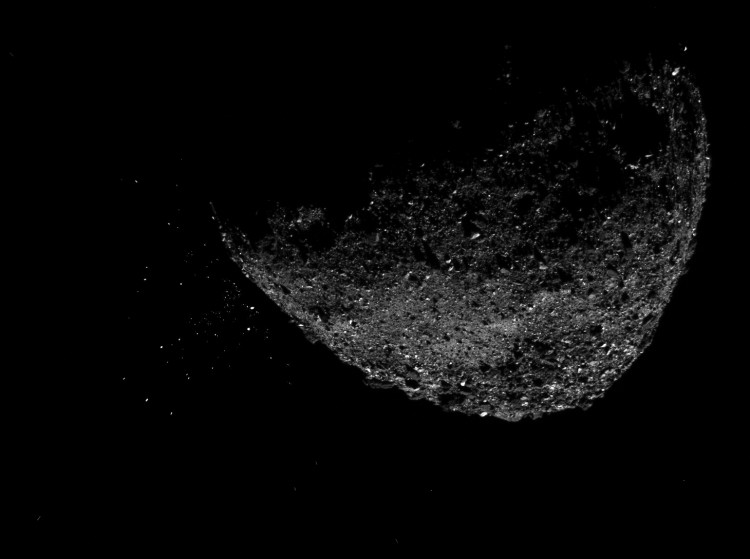The first NASA mission to return a sample from an ancient asteroid arrived at its destination, the Bennu asteroid, on Dec. 3, 2018. This mission, Origins, Spectral Interpretation, Resource Identification, Security-Regolith Explorer, or OSIRIS-REx, is a seven-year journey to be concluded upon delivery to Earth of at least 2.1 ounces and possibly up to nearly four and a half pounds of sample.
It intends to be the greatest amount of extraterrestrial material carried back from space since the Apollo era. The 20-year anniversary of the discovery of the asteroid happened in September 2019-and scientists have been gathering data ever since.
Here's what scientists already know about this pristine remnant from the early days of our solar system.
Bennu is very, very old
Bennu has been undisturbed for billions of years. Not only is it conveniently close and carbonaceous, but it is also so ancient that scientists have determined that it was formed in the first 10 million years of the history of our solar system - more than 4.5 billion years ago. Owing to the Yarkovsky effect - a minor push produced as the asteroid absorbs sunlight and re-emits that energy as heat - and the gravitational tugs from other celestial objects, the main asteroid belt between Mars and Jupiter has moved closer and closer to Earth from its probable birthplace.
Bennu was named after an Egyptian god
Bennu was named in 2013 by a nine-year-old boy from North Carolina who won the contest called Name that Asteroid! Michael Puzio won the competition by proposing that the spacecraft's Touch-and-Go Sample Mechanism (TAGSAM) arm and solar panels mimic the neck and wings of Bennu, which the ancient Egyptians typically described as a gray heron.
Bennu may be mined for resources
Jewels from the cosmos sound fantastic, and Bennu is likely to be abundant in platinum and gold relative to Earth's average crust. While several of them are not constructed nearly exclusively of solid metal (but asteroid 16 Psyche could be!), several asteroids include components that could be used industrially instead of Earth's finite resources.
Closely observing this asteroid will provide answers to concerns about whether asteroid mining is possible during deep-space discovery and flight. Although rare metals draw the most interest, water is likely to be Bennu's most valuable resource.
Bennu is likely to strike Earth
The NASA-funded Lincoln Near-Earth Asteroid Research team detected Bennu in 1999. NASA's Planetary Defense Coordination Office continues to monitor near-earth objects (NEOs), particularly those like Bennu, which would be within 4.6 million miles of Earth's orbit and identified as potentially hazardous objects.





